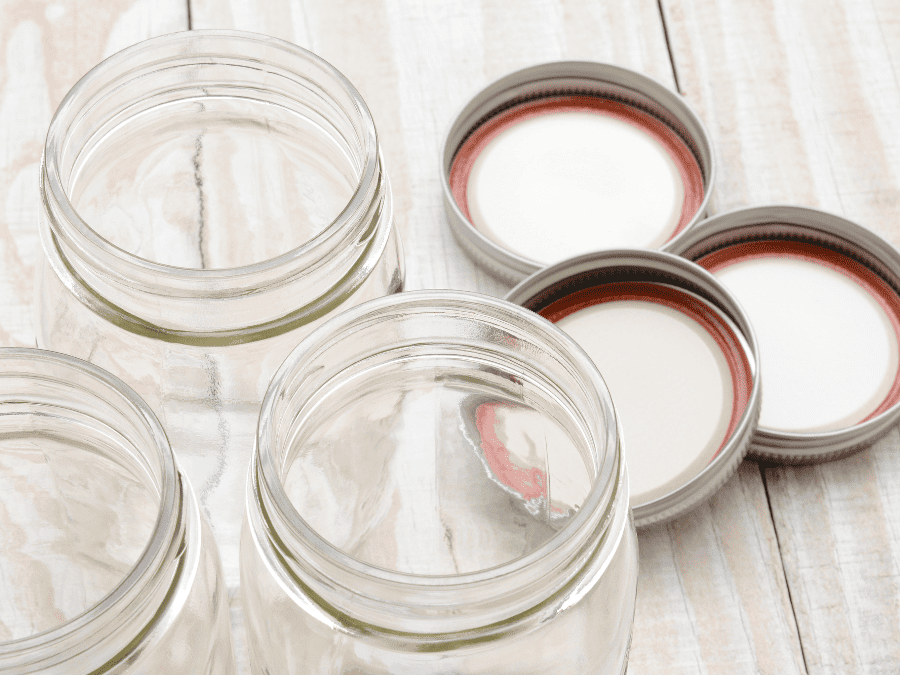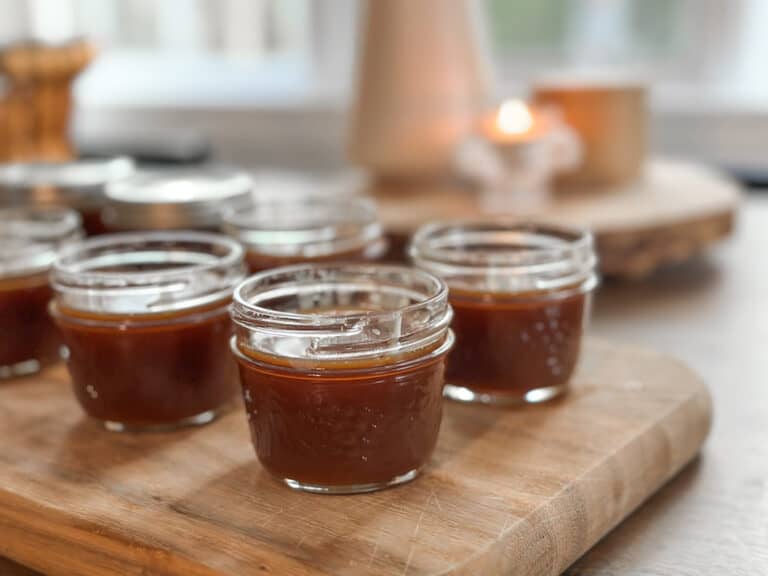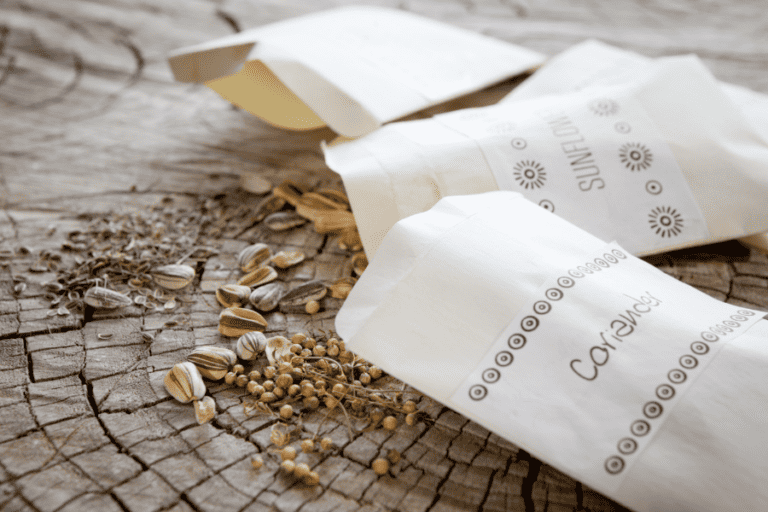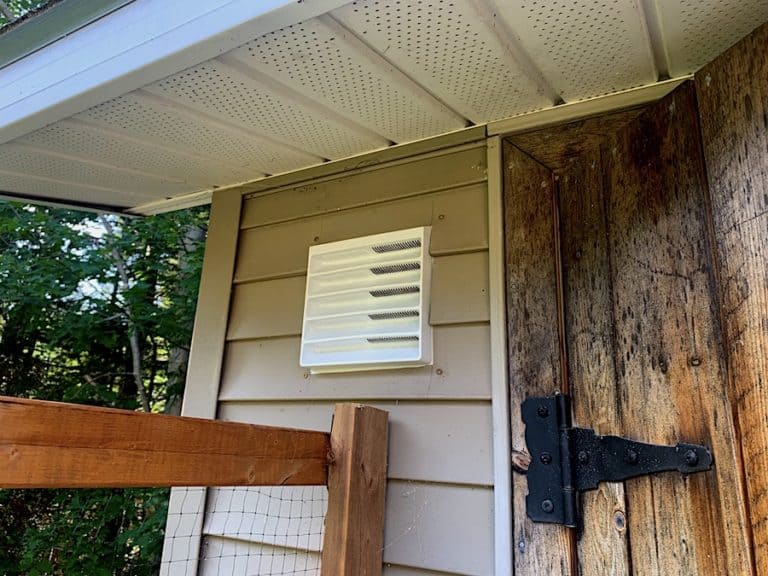Do You Need To Boil Jars Before Canning?

Canning has been a time-tested method to preserve fruits, vegetables, and homemade goodies for future use. Whether you’re a seasoned pro or a novice in the world of home canning, the question of whether to boil jars before canning is likely to have crossed your mind.
We are here to tackle the age-old query: Do you really need to boil jars before canning? In order to sterilize jars for canning, they need to be submerged in boiling water for at least 10 minutes. However, if your recipe calls for 10 minutes or longer (at 0-1,000 feet elevation), then you do not need to boil the jars ahead of time as they will be sterilized during the canning process.
In this article, we will take a closer look at whether jars should be boiled before canning, how to sterilize jars for canning, if you can reuse jar lids and bands and how to make sure your jars are sealed properly.
Disclaimer: This article includes affiliate links. If you click one of them, we may receive a small percentage of the sale at no extra cost to you. Thank you for your support!
Should You Boil Jars Before Canning
Jars do not need to be boiled or sterilized before canning as long as they are in a water bath or pressure canning for more than 10 minutes. If you are canning jars for under 10 minutes, then you must sterilize them first.
When using brand new or re-used jars, you should clean the jars thoroughly before filling and canning. You can do this by handwashing or placing them in the dishwasher. Whether you are boiling your jars before canning or not, washing them is a step that should not be skipped.
When I use a water bath for canning, I personally prefer to boil all our cans. Although it is not necessary to do this step when canning for more than 10 minutes, it is a practice that has been passed down from my grandmother, and I have continued to follow it.
Boiling the cans is an easy process that can be done while we are getting everything ready for canning. It’s not always necessary, but taking a little extra time to do it won’t hurt. When in doubt, we recommend doing it! Especially if it helps you feel more confident that your canned goods will remain fresh for an extended period of time.
How To Sterilize Jar For Canning

If you are canning produce for less than 10 minutes, it is important to sterilize your jars beforehand. This will help to minimize the risk of mould, fungi, and bacteria in the jars, which can contaminate your canned produce and spoil it.
Materials You’ll Need:
- Jars with lids and bands
- Hot water
- A boiling water canner or a large stockpot
- Canning rack
- A jar lifter
- Clean kitchen towels or paper towels
The Sterilization Process:
These step-by-step instructions will help you clean your jars thoroughly, ensuring that they are ready to preserve the flavours of your homegrown or locally sourced produce.
- Start by washing your jars, lids, and bands in hot, soapy water. This helps remove any dirt, dust, or residues.
- Next, inspect each jar for cracks or chips. Damaged jars may compromise the canning process and should be replaced.
- Place a canning rack in the bottom of your boiling water canner or stockpot to prevent direct contact between the jars and the heat source. If you don’t have a canner, a large stockpot will do the trick.
- Put the washed jars on the rack, ensuring they are upright and not touching. It’s important to leave space between the jars for water to circulate freely.
- Fill the canner or stockpot with enough water to cover the jars by at least one inch. This ensures proper heat distribution during the sterilization process.
- Bring the water to a rolling boil. Once it reaches a boil, let the jars simmer for 10 minutes. This step effectively kills off any lurking bacteria and prepares the jars for the canning process.
- After the 10-minute mark, turn off the heat. Allow the jars to sit in the hot water until you’re ready to fill them. This keeps the jars warm and prevents thermal shock when you add your hot preserves.
- When you’re ready to fill the jars, use a jar lifter to carefully remove each jar from the hot water. Be cautious, as the jars will be hot!
- Before filling, inspect the jars once more for any cracks or defects. Discard any compromised jars and use only those in ideal condition.
Can You Reuse Jar Lids And Bands

Jar lids should not be used again for canning. You can use jar lids for other things, such as storage, but it is not advisable to reuse jar lids when canning. The reason is that the gasket compound in the lid might not seal properly, resulting in spoiled and unsafe food.
Jar screw bands can be reused multiple times, provided they are in good condition. However, it’s important to check for any signs of rust or dents, as these can compromise the seal and lead to contamination. By ensuring that the bands are free from damage, you can extend their lifespan and continue to use them for your food preservation needs.
How To Make Sure Jars Are Sealed Properly
Boiling jars not only sterilizes but also creates a vacuum seal – a crucial component in the canning process. As your jars cool, the contents contract, forming an airtight seal that keeps bacteria at bay and ensures your preserves stay fresh.
Here’s how to make sure your jars are sealed properly and ready for storing.
- Leave canned jars on the countertop for 24 hours or overnight to ensure they have fully cooled.
- Listen for the “ping” sound. This indicates that the vacuum seal is forming as the contents contract.
- Press down in the center of each lid. A properly sealed jar will have a concave, downward curve. If the lid remains firm and doesn’t pop back, congratulations – you’ve got a successful seal!
- After confirming a successful seal, it’s optional but recommended to remove the metal band. This step allows you to detect any potential issues with the seal and ensures that the band doesn’t rust in place over time.
- Gently try to lift the lid with your fingertips. A properly sealed lid should offer resistance and stay firmly in place. If it lifts easily or comes off, the jar did not seal correctly.
If you happen to come across an unsealed jar, don’t worry. You can still salvage the contents as long as you act within 24 hours of canning. You have two options: either recan the contents with a new lid and repeat the canning process, or refrigerate the contents immediately and consume them within a few days.






